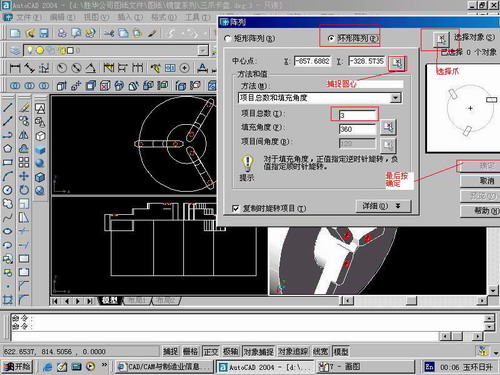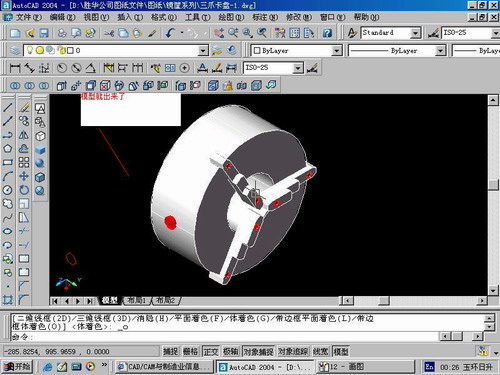1) artificial roughness models


加糙模型
2) Model Roughening and Hydraulic Resistance


模型加糙和水力阻力
3) model roughness


模型糙率
1.
Considering the relation of the flow with the model roughness and gravity similarity and resistance similarity, the method of increasing (or reducing) roughness according to different water depths proposed in this paper provides effective solutions for the case of considerably changing water depth at a narrow reservoir front.
提出的沿水深分段加(减)糙方法,使狭窄库区模型在水深大幅度变动情况下,为满足水流对模型糙率的要求而同时实现重力相似和阻力相似,提供了有效的解决途径。
4) rough model


粗糙模型
1.
Rough model is proposed to build vague regions based on rough sets theory after the definition of rough regions and rough model.
在粗糙集的基本概念上定义了二维离散空间中的粗糙区域和粗糙模型,基于粗糙模型描述了二维离散空间中的模糊地理对象,并给出了粗糙区域的类型。
2.
Only the rough model of the plant is needed and the system is stable and robust.


这种方法只需知道被控对象的粗糙模型。
3.
Rough model is proposed to build vague regions based on upper and lower approximate sets of rough set theory after the definition of rough regions and rough model.
在粗糙集的基本概念上,基于上、下近似集定义了二维离散空间中的粗糙区域和粗糙模型,用粗糙模型描述二维离散空间中的模糊地理对象,并给出了粗糙区域的3种类型:确定—确定类型、确定—模糊类型、模糊—模糊类型。
5) coarse model


粗糙模型
1.
A coarse model and a fine model are used in this work and realized by MATLAB and HFSS10 respectly.
快速空间映射算法就是用来找到粗糙模型和精确模型之间的映射关系,从而达到快速和精准设计超宽带滤波器的目的。
2.
We exploit the cavity-model theory as the coarse model and electric magnetic simulation software HFSS as the fine model, they are aligned through Aggressive Space Mapping Algorithm.
粗糙模型和精细模型分别采用腔模理论和全波电磁仿真软件HFSS进行分析,并通过渐进空间映射算法联系起来。
6) roughening element shaped as letter "Y"


Y型加糙体
补充资料:AutoCad 教你绘制三爪卡盘模型,借用四视图来建模型
小弟写教程纯粹表达的是建模思路,供初学者参考.任何物体的建摸都需要思路,只有思路多,模型也就水到渠成.ok废话就不说了.建议使用1024X768分辨率
开始
先看下最终效果

第一步,如图所示将窗口分为四个视图

第二步,依次选择每个窗口,在分别输入各自己的视图

第三步,建立ucs重新建立世界坐标体系,捕捉三点来确定各自的ucs如图

第四步,初步大致建立基本模型.可以在主视图建立两个不同的圆,在用ext拉升,在用差集运算.如图:

第五步:关键一步,在此的我思路是.先画出卡爪的基本投影,在把他进行面域,在进行拉升高度分别是10,20,30曾t形状.如图:

第六步:画出螺栓的初步形状.如图

第七步:利用ext拉升圆,在拉升内六边形.注意拉升六边行时方向与拉升圆的方向是相反的.
之后在利用差集运算


第八步:将所得内螺栓模型分别复制到卡爪上,在利用三个视图调到与卡爪的中心对称.效果如图红色的是螺栓,最后是差集

第九步:阵列

第10步.模型就完成了

来一张利用矢量处理的图片

说明:补充资料仅用于学习参考,请勿用于其它任何用途。
参考词条